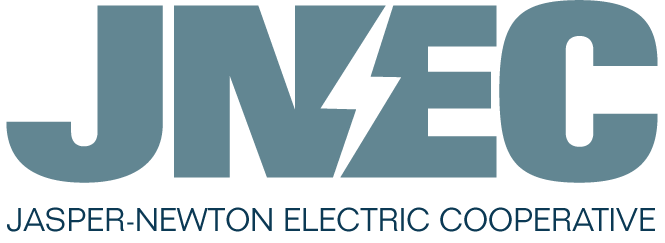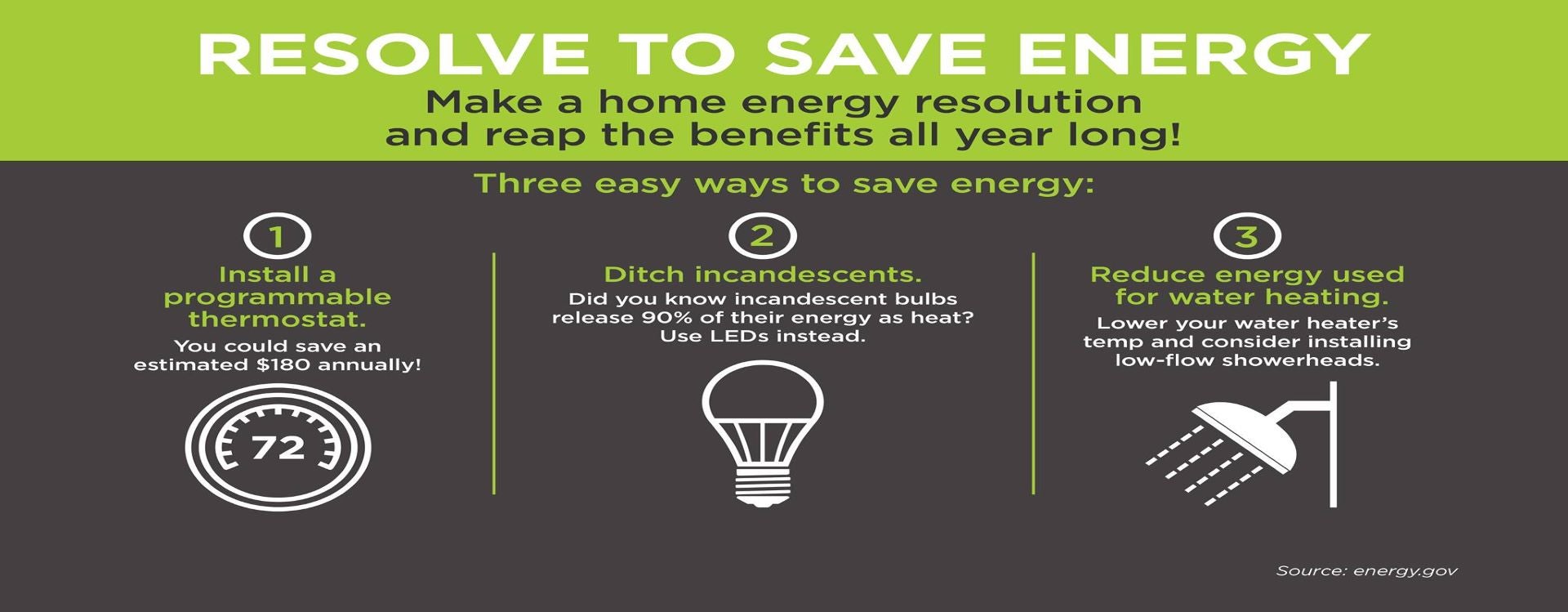What are some energy and money-saving tips?
Here are ten tips that any good energy saver should not live without:*
-
Replace any light bulb, especially ones that burn more than one hour per day, with a light emitting diode (LED) bulb.
-
Seal from the inside. Air sealing is inexpensive to lower energy costs and improve comfort—seal gaps and holes in walls, floors, and ceilings with caulk or foam sealant. Look for cracks around windows and where wires and pipes pass through.
-
Plug electronic devices such as cable boxes, printers, and TVs into power strips to turn off during vacations or long periods without use. Intelligent power strips make it an easy task to save money.
-
Close shades and drapes during the day to help keep your home cooler in the summer and warmer in the winter.
-
Change your central HVAC system filter when dirty by the manufacturer's recommendations. Dirty filters can impact your home's comfort and increase your electricity bill.
-
A one-degree increase in heating setpoint or reduction in cooling setpoint can increase energy use by 3 – 5%.
-
Have your ductwork checked for leaks. Leaks at the return, air handler, and supply can be a significant source of high bills. Mobile homes check at the grill, cross-over duct, and down flow air handler for leaks.
-
Set both the upper and lower water heater thermostats no higher than 120°F.
-
An electric space heater can cost more than $100 per month to operate. Minimize the use of electric space heaters, except for limited or temporary spot heating. Turn space heaters off when leaving the room.
-
Ensure refrigerator door seals are tight. Eliminate unnecessary refrigerators.
For more information on energy-saving tips, visit Touchstone Energy to see their different guides on saving energy.
*101 EASY WAYS TO SAVE ENERGY AND MONEY, Touchstone Energy Cooperatives
How do I find the most energy-efficient appliances?
When purchasing new appliances and electronics, always remember to look for the ENERGY STAR® label. ENERGY STAR® is the U.S. government’s rating program that shows which items are more efficient and will save you money over the product’s useful life.

